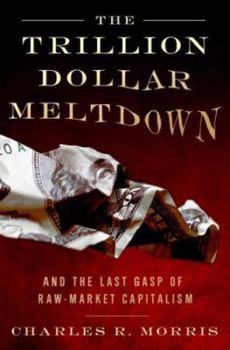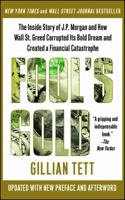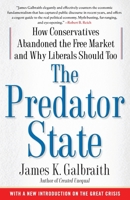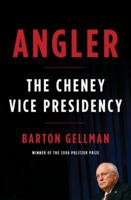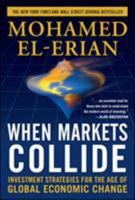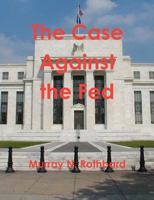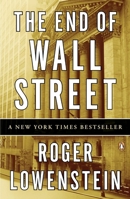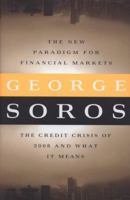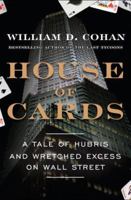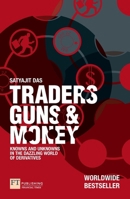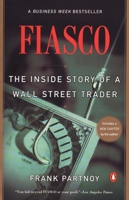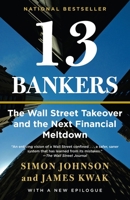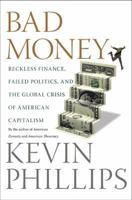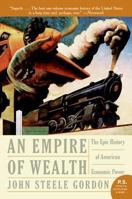The Trillion Dollar Meltdown: Easy Money, High Rollers, and the Great Credit Crash
Select Format
Select Condition 
Book Overview
You Might Also Enjoy
Customer Reviews
Rated 5 starsIt's more than a trillion...
Couldn't have timed it better, Lehman Brothers sunk, Merill Lynch sold, AIG is on the brink of disaster - these are household names for many of us! Charles Morris offers a great primer on the current crisis, and the underlying causes. The book starts off well back, in the early 60's, and walks the reader through the economic downturns, recoveries, and their underlying causes - hinting at the fact that the current crisis is...
1Report
Rated 5 starsThe Perils of Unregulated Finance
As a lawyer and former investment banker, Charles Morris can appreciate the power of free-market capitalism to drive economic growth and financial innovation. Now, however, he believes the era of market fundamentalism has come to an end, just as Keynesian interventionism came to an end in the 1970s. He estimates conservatively that the recent writedowns and defaults of residential mortgages, corporate debt, credit card debt,...
1Report
Rated 5 starsLucid explanation of the subprime mortgage crisis
In this excellent, highly readable book, Charles R. Morris combines legal and financial experience with literary craft. No ideologue, no partisan and certainly no salesman, Morris traces the roots of the 2007-2008 mortgage securities crisis to its distant origins in the 1970s. He argues that policy missteps under the Nixon, Ford and Carter administrations, when Arthur Burns chaired the Federal Reserve, led to dollar debasement...
0Report
Rated 5 starsMakes the Incomprehensible Comprehensible
This is a great book for those of you like me who are not in the financial services industry but who want to understand why our economy is melting down as we speak. It will also help you understand why this upcoming election is so important: The author describes the seismic ideological shifts over the last 40 years, from the Liberal/Keynsian era that imploded in the late 70s, to the current dying embers of the Chicago-School...
1Report
Rated 5 starsWell written, great perspective
I am learning a lot reading this, even though I've followed the economy for years. The preface summarizes the situation and outlines the book, but is maybe slightly dense and technical for the average person. But the first chapter is great for giving perspective on how the US economy has evolved, especially the troubles of the stagflation period and what caused that. The book goes up to November 2007, with a clear understanding...
0Report











